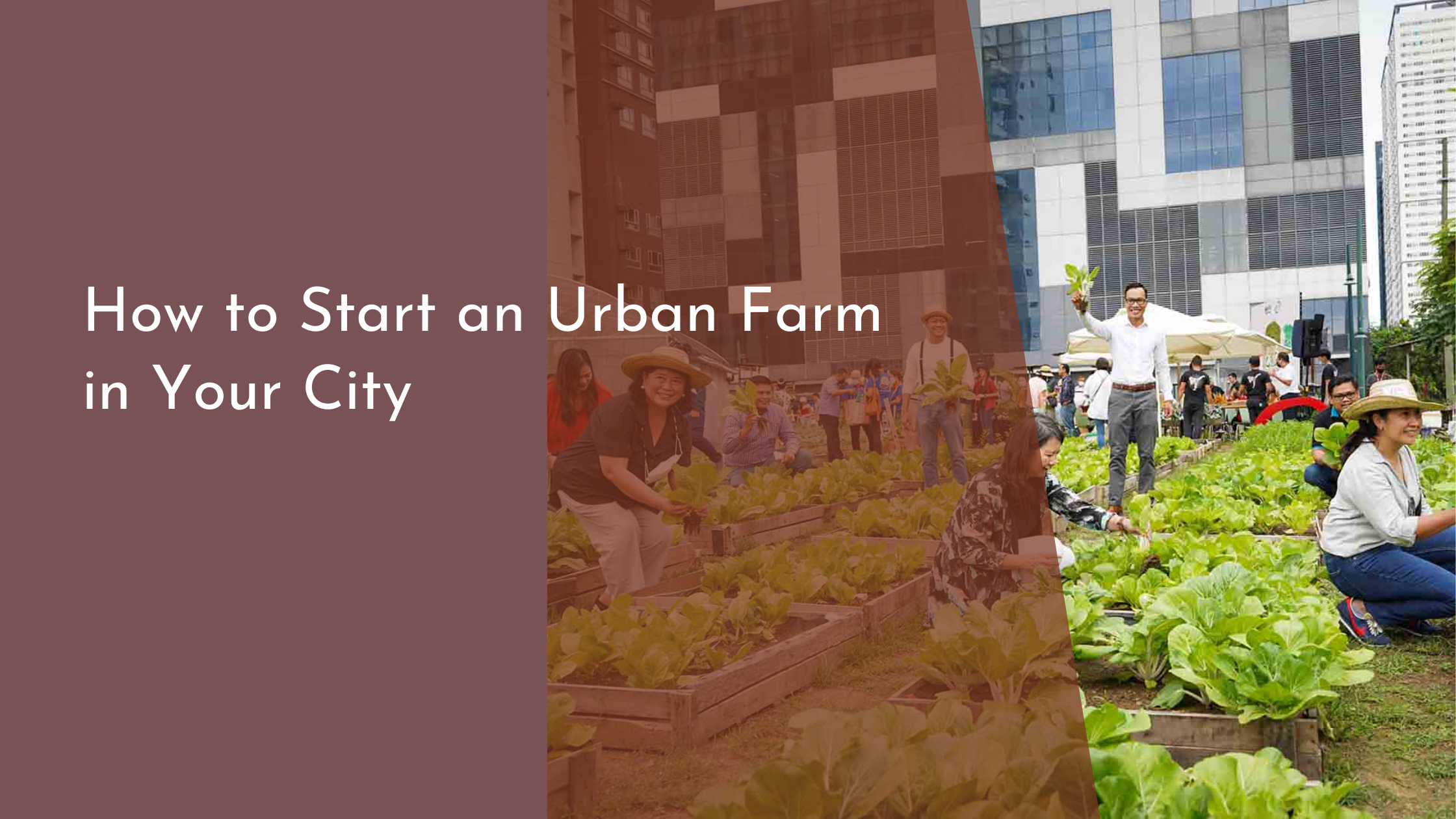How to Start an Urban Farm in Your City
Starting an urban farm in your city can be a rewarding endeavor that brings together community, sustainability, and fresh produce. Urban farming transforms unused spaces into green havens, offering a practical solution to food deserts and allowing city dwellers to reconnect with nature. Whether you are motivated by environmental concerns, a desire for fresher food, or a wish to foster community engagement, establishing an urban farm can be a fulfilling project. Here’s a guide to help you navigate the essentials of starting your own urban farm.
Understanding Urban Farming Basics
Urban farming is the practice of cultivating, processing, and distributing food in or around urban areas. This can involve a variety of forms, such as rooftop gardens, community gardens, vertical farming, and hydroponics. The key to successful urban farming is understanding the limitations and opportunities presented by city environments. Limited space often demands creative solutions, but it also means urban farms can contribute significantly to local food systems, reduce food miles, and promote sustainability.
The benefits of urban farming extend beyond just food production. It can enhance biodiversity, improve air quality, and provide educational opportunities for urban residents. Urban farms can act as community hubs, bringing people together to learn, share, and collaborate on growing food. Understanding these multifaceted impacts is crucial when starting your urban farm, as it will help you set realistic goals and engage with your community effectively.
Choosing the Right Location for Your Farm
Selecting the perfect location is one of the most critical steps in starting an urban farm. Ideally, the site should have good sunlight exposure, as most vegetables require at least six to eight hours of direct sunlight daily. Consider accessibility and convenience; the closer you are to your community, the better. Additionally, check local zoning laws and regulations to ensure your chosen location complies with city ordinances and can be used for agricultural purposes.
Soil quality is another crucial factor to consider. Urban environments often have soil that is contaminated or not suitable for farming, making it necessary to test and, if needed, amend the soil. Alternatively, you can use raised beds or container gardening to bypass soil issues. Proximity to a water source is also essential, as frequent watering is a must for healthy crops. Remember, a well-chosen location can set the foundation for a successful urban farm that flourishes in the cityscape.
Essential Tools and Supplies You’ll Need
Starting an urban farm requires a variety of tools and supplies, but you don’t need to break the bank. Basic gardening tools like shovels, hoes, rakes, and trowels are essential for soil preparation and maintenance. Having a reliable water supply, such as hoses or a drip irrigation system, ensures that your plants receive adequate hydration. Don’t forget about containers, pots, or raised bed materials which are crucial if you’re dealing with limited or poor soil conditions.
For those looking to incorporate technology, investing in a few tools like soil moisture meters, grow lights, or hydroponic systems can be beneficial. Organic compost, seeds, and seedlings are the building blocks of your farm, so choose high-quality, locally adapted varieties when possible. These supplies will help you create a productive and sustainable urban farm that can yield fresh produce throughout the growing season.
Tips for Maintaining a Thriving Urban Farm
Once your urban farm is up and running, maintaining it effectively is key to ensuring it thrives. Regular monitoring of plant health, soil conditions, and pest control can prevent issues before they escalate. Use organic methods for pest management, such as introducing beneficial insects or homemade natural sprays, to keep your farm eco-friendly. Consistent watering and nutrient management through composting and mulching will keep your plants vigorous and productive.
Community involvement can also play a huge role in maintaining an urban farm. Engage neighbors, schools, and local organizations by hosting workshops or volunteer days. This not only distributes the workload but also fosters a sense of ownership and pride in the shared space. By integrating these tips into your routine, you can ensure a bountiful harvest and a welcoming environment for everyone involved.
Starting an urban farm in your city is more than just a gardening project; it’s a step towards a more sustainable and connected community. By understanding the basics, choosing the right location, gathering essential tools, and maintaining your farm diligently, you will cultivate a space that provides fresh produce and enriches the urban environment. With patience and passion, your urban farm can flourish and inspire others to join the movement towards greener cities.


